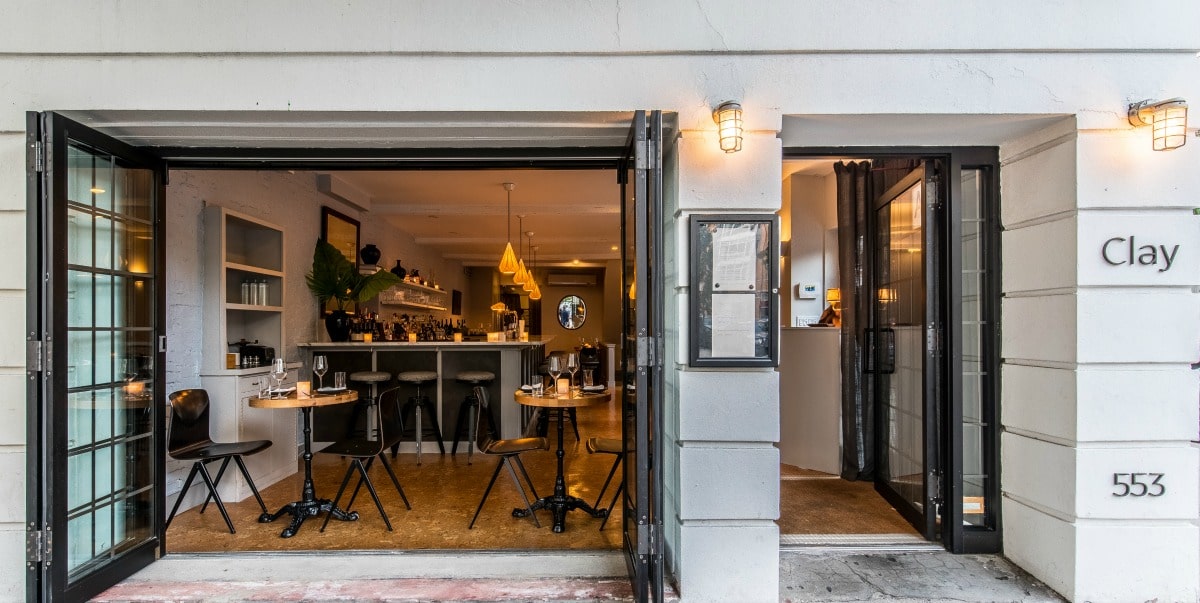Although I live and work in Manhattan, I seldom take the time to explore other New York City neighborhoods that are away from my home and work. So, before visiting Clay, I took the opportunity to walk around Harlem. It was nighttime and I was hiking up MLK Boulevard, searching for something that alluded to Duke Ellington or Miles Davis. Harlem and jazz are just about as synonymous as New Orleans and jazz; although the music may not have been created there it was definitely recreated there. In Harlem, perhaps more than anywhere else, jazz is a music of spontaneity and community, of immediate expression and communication, and I mention this because throughout dinner, I couldn’t help but think the people behind Clay had these things on their mind when creating their restaurant.
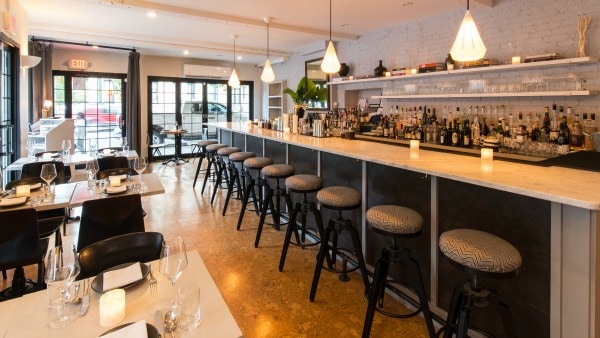
Spontaneous seems about as apt a description of Clay as I can think. The restaurant promotes a seasonal menu, constantly in flux, with ingredients sourced from local farms and suppliers, meaning that not only what’s served is a product of the community and unique to your visit, but also the restauranteurs constantly recreate the menu to feature new ingredients. Dishes at times seem almost improvisational (like an endive salad with buttermilk dressing playing bitter against a sweet creaminess and the flavor of ripe pears). And knowing I was eating local ingredients gave me the same kind of feeling I get when listening to local music; the moment is tied to the place and they become inseparable. There’s something almost gratifying when all the parts just fit together in perfect wholeness and that’s the feeling I got from Clay.
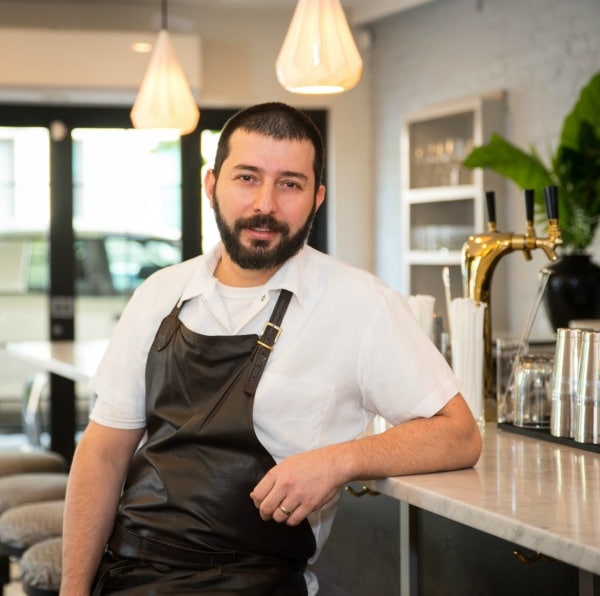
We started off with cocktails, of which there’s a variety, each of us trying something different from the other. Clay specializes in cocktail creations and natural wines (which we sipped during the main course), so our drinks were quite different from, say, a Gin and Tonic.
I tried a Good Morning Heartache, made with gin, beets, pink peppercorn, genepy, lime, and hibiscus rose bitters. It was like an alcoholic health juice in the best way, and I was reminded of the mornings my mom spent juicing ginger, beets, and carrots into a mega-nutritious smoothie. My friend had the No Flowers, a deep, bassy drink made from rye, pear, molasses, black tea, lime, and cardamom.
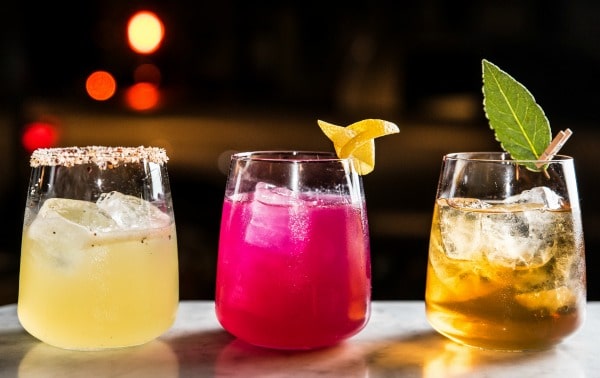
For appetizers, a beef tartar was like meaty caviar, light and slightly acidic, most likely from the onion it contained. It accompanied the endive salad and was a great way to begin a big meal. I think I would have been hesitant to order this at another restaurant, but I knew the beef was sourced from an organic farm close by, so it didn’t spend three days on a refrigerated truck getting to my table. As mentioned, the endive salad was an interesting layering of bitter, high notes and heavy, low notes with a range of textures. We enjoyed both.
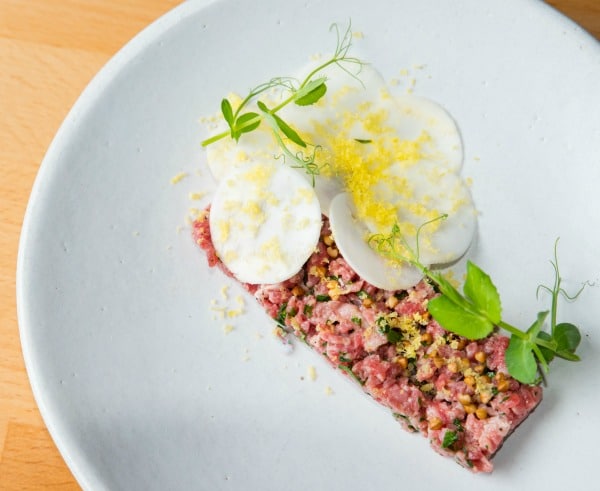
After a long talk with the sommelier, we decided to pair a Semplicemente Bellotti Rosso, a natural wine from the Piedmont region, with the main courses. This was my first time trying a natural wine, and I was surprised by the dynamic flavor profile. Fruit and alcohol forward at the beginning, once it started to breathe, the carbonation receded and the wine showed a structured body with hints of black cherry and aggressive tannins that wrapped around my palate. With a duck confit, it was great. The duck had a crispy, herbaceous skin that took the meat to the next level. Atop a field of collard greens and accompanied by silky smooth mashed potatoes, the dish spoke French but was definitely born and bred in the states. My friend tried the gnocchi which had an interesting mouthfeel, as if it were boiled then quickly pan-fried to give it a bit of a bite. The almost charred taste went well with the butternut squash and hazelnut-sage finish. Sweet and savory.
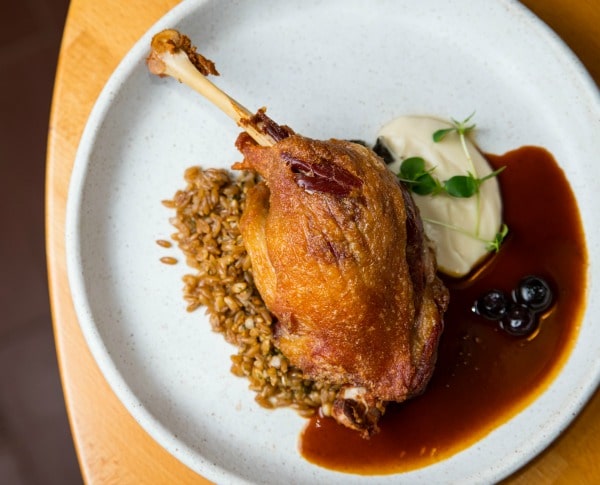
With the night winding down and the wine nearly finished, our thoughts turned to dessert and here we went full on with mini donuts and a Chocolate Budino. I’ve always been a big fan of confectionery and with a light and airy dipping sauce made from lemon verbena and lovage, the freshly made morsels were unforgettable. Similarly, the rich and creamy custard was dense with the flavor of Valrhona chocolate.
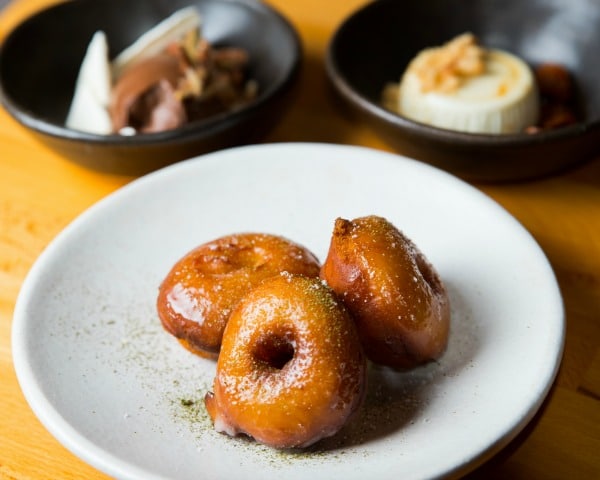
Clay proved to be the type of restaurant that the bourgeoning food scene in Harlem needs—one that knows the neighborhood’s roots and respects them but offers a bold alternative to tradition. And it didn’t surprise me to learn on the way out that Clay’s location was the site of an old jazz club. Now clearly that’s a coincidence that’s apropos.
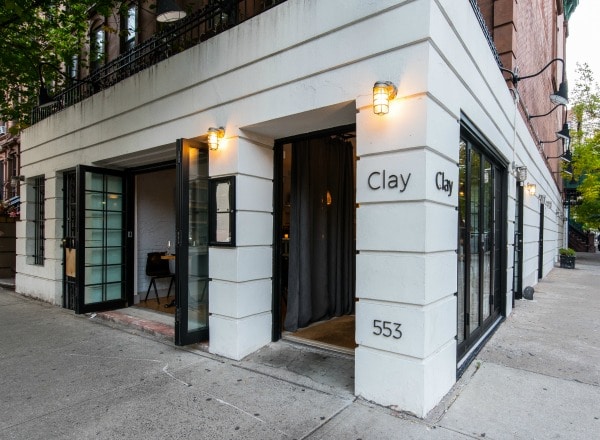
[alert type=white]
Clay
553 Manhattan Avenue
New York, NY 10027
212-729-1850
www.claynyc.com
[/alert]

